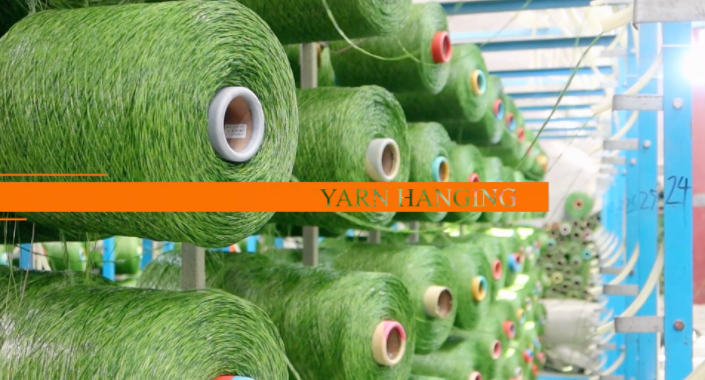Evaluating the Expenses of Swapping Natural Grass for Synthetic Turf Solutions
Nov . 04, 2024 11:12 Back to list
The Cost of Replacing Grass with Artificial Turf A Comprehensive Analysis
As homeowners and municipalities seek to enhance the aesthetic appeal and functionality of their green spaces, the debate over replacing natural grass with artificial turf has gained momentum. While artificial turf presents numerous advantages, such as lower maintenance costs and year-round usability, it is crucial to evaluate the associated costs when considering such a transition. In this article, we delve into the costs associated with replacing grass with artificial turf, offering a comprehensive overview to help stakeholders make informed decisions.
Initial Installation Costs
The first and perhaps most significant expense associated with replacing natural grass with artificial turf is the initial installation cost. On average, the cost of installing artificial turf can range from $5 to $20 per square foot, depending on the quality, type of materials used, and the complexities of the installation site. For a typical residential lawn of about 500 square feet, homeowners could expect to pay between $2,500 to $10,000 upfront.
This price includes not just the turf itself but also necessary preparation work. The existing grass and roots must be removed, the ground leveled, and a proper drainage system installed to avoid waterlogging and ensure longevity. For larger properties or athletic fields, costs can escalate to tens of thousands of dollars or more, making the initial investment substantial.
Long-Term Maintenance Costs
One of the primary arguments in favor of artificial turf is its lower long-term maintenance costs. Natural grass requires regular mowing, fertilization, aeration, and pest control, which can add up significantly over time. According to various studies, homeowners spend an average of $200 to $300 annually on maintaining natural grass lawns. In contrast, artificial turf requires much less upkeep. Typically, it only requires periodic brushing to keep the fibers upright, occasional cleaning to remove debris, and infill replenishment every few years.
cost of replacing grass with artificial turf

However, it is essential to consider that while the maintenance costs are lower, they are not nonexistent. Homeowners may need to spend around $100 to $200 a year on upkeep, including cleaning and minor repairs. Municipalities managing large sports complexes may incur extra costs when repairing high-traffic areas, which may require specialized maintenance equipment and skilled labor.
Environmental Considerations
Another factor influencing the cost debate between natural grass and artificial turf is environmental impact. While artificial turf eliminates the need for fertilizers and pesticides commonly associated with traditional lawns, it poses its own set of environmental challenges. The production and disposal of synthetic materials can contribute to pollution and waste issues, and the turf itself can become quite hot, increasing local temperatures.
Moreover, the long-term sustainability of artificial turf is a concern. Most artificial grass has a lifespan of around 10 to 15 years; after that, replacement is necessary. This can lead to additional costs and environmental concerns related to disposal and the carbon footprint of manufacturing new turf.
Conclusion
Ultimately, the decision to replace natural grass with artificial turf involves a careful consideration of both initial and long-term costs, as well as environmental implications. While the prospect of reduced maintenance costs and the aesthetic appeal of a pristine lawn are enticing, stakeholders must account for installation expenses, potential environmental effects, and the need for future replacements.
For individuals and communities alike, it is essential to weigh these factors when deciding whether artificial turf is the right fit. The costs are not limited to monetary aspects; they encompass a broader environmental and social context. In the journey to create beautiful, functional landscapes, informed choices can lead to sustainable solutions that benefit both people and the environment.
-
Durable, Eco-Friendly Turf for Balcony | Enhance Your Urban Space
NewsNov.24,2025
-
Turf Between Pavers: Sustainable Green Paving Solutions for Modern Urban Spaces
NewsNov.24,2025
-
Discover the Benefits of Turf and Pavers Backyard | Sustainable Outdoor Design
NewsNov.24,2025
-
Top Quality Artificial Grass – Sustainable, Durable, and Stylish Turf Solutions
NewsNov.24,2025
-
Durable and Eco-Friendly Thick Artificial Grass Solutions | Hoya Grass
NewsNov.24,2025
-
Synthetic Turf: Sustainable Green Solutions for Sports, Industry & Urban Living
NewsNov.24,2025
Products categories










